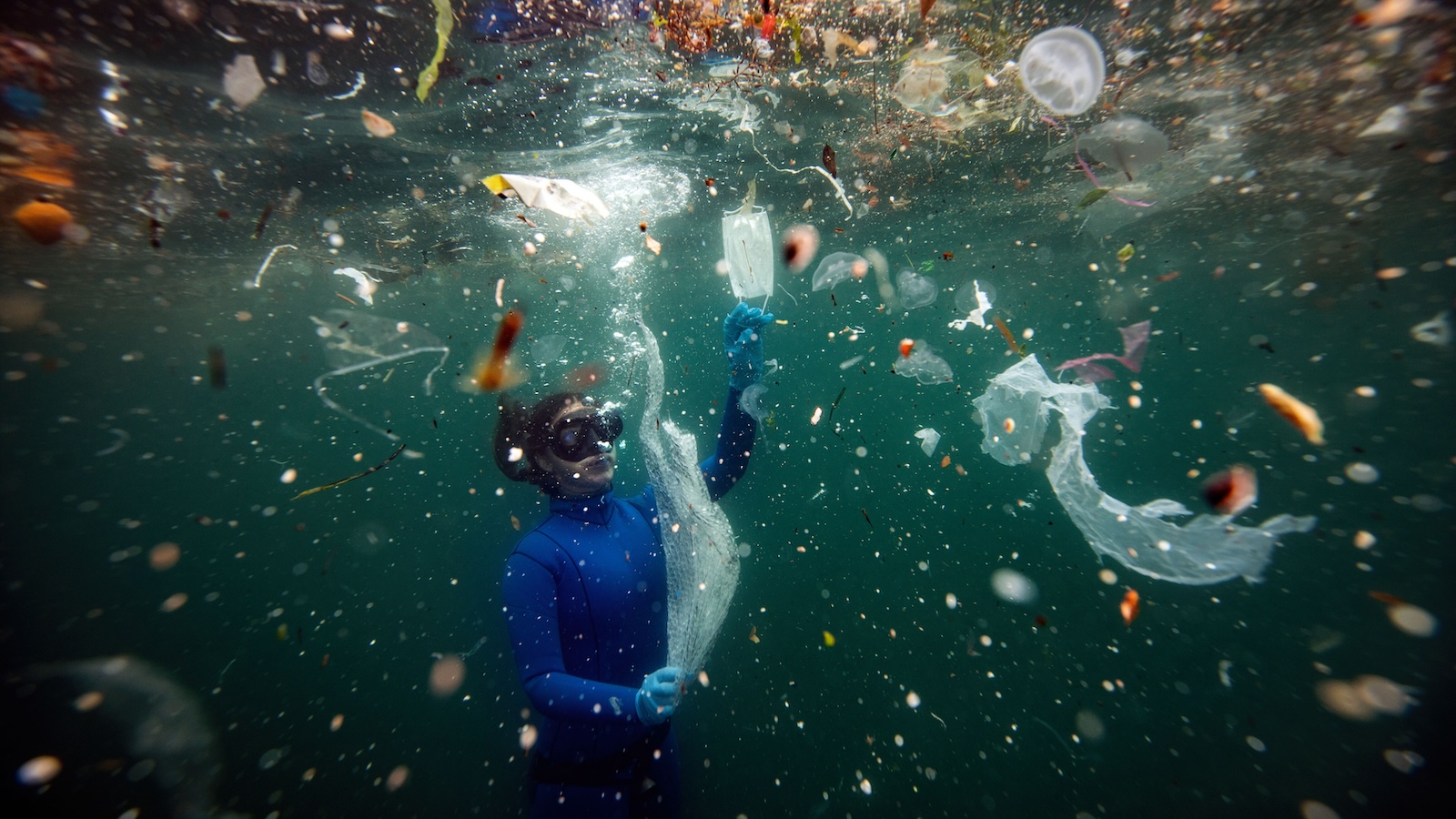cross-posted from: https://slrpnk.net/post/24559804
A new study finds there are 27 million metric tons of invisible plastic particles in the North Atlantic alone.
In the oceans, the most widespread type of plastic pollution may be the kind you can’t see.
A new study published Wednesday in the journal Nature estimates that the North Atlantic Ocean alone contains 27 million metric tons of nanoplastic — plastic particles 100 times smaller than the width of a human hair. That figure is 10 times higher than previous estimates of plastic pollution of all sizes across all the world’s oceans, according to the study’s authors.
Microplastics range in width between 0.001 millimeters and 5 millimeters, making them up to 5 million times bigger than nanoplastics.
 81·6 hours ago
81·6 hours ago

